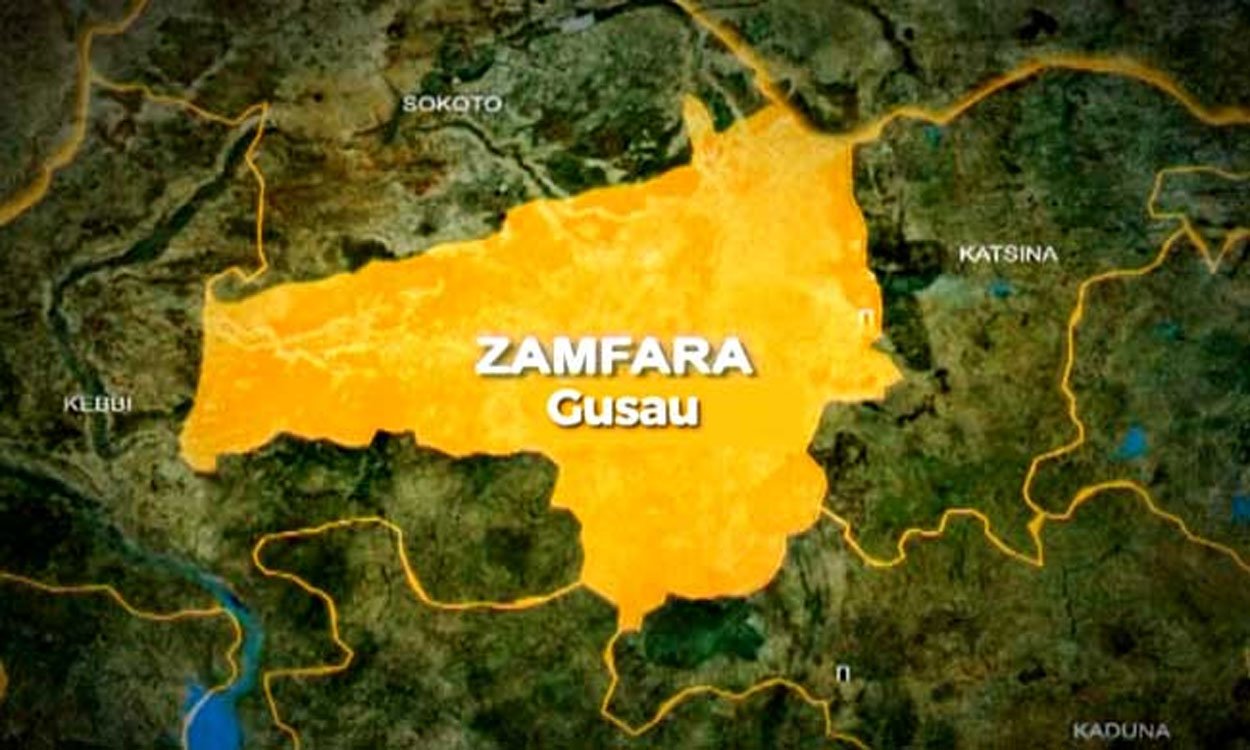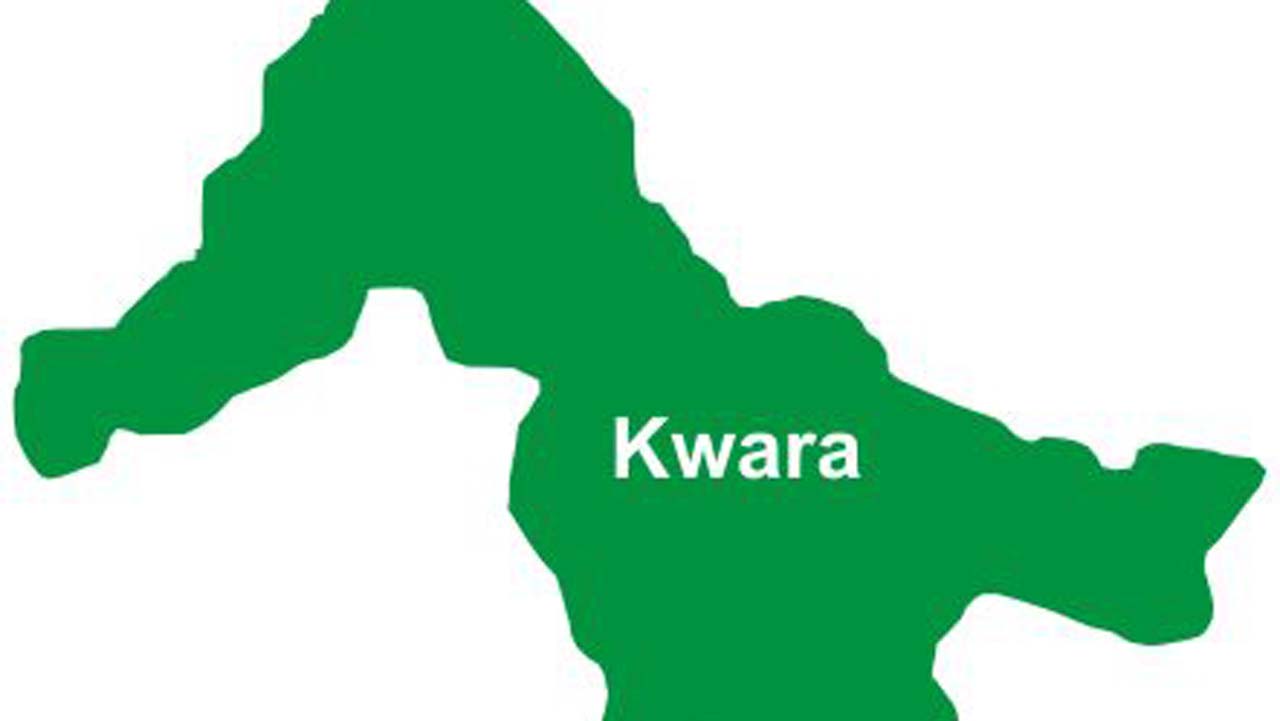Wildfires are burning more severely and more often, urban noise pollution is growing into a global public health menace, and phenological mismatches – disruptions in the timing of life-cycle stages in natural systems – are causing ecological consequences, a global report released on Thursday has revealed.
According to a press release sent to Premium Times, these critical environmental issues, requiring greater attention, are highlighted in the new Frontiers Report published on Thursday by the UN Environment Programme (UNEP).
This is the fourth edition of the Frontiers Report, which was first published in 2016 with an alert to the growing risk of zoonotic diseases, four years before the outbreak of the COVID-19 pandemic.
“The Frontiers Report identifies and offers solutions to three environmental issues that merit attention and action from governments and the public at large,” said Inger Andersen, Executive Director of UNEP.
“Urban noise pollution, wildfires and phenological shifts – the three topics of this Frontiers report – are issues that highlight the urgent need to address the triple planetary crisis of climate change, pollution and biodiversity loss.”
Report details
The report noted that “COVID-19 lockdowns brought a new appreciation for green spaces and the reduction of urban traffic noise” adding that programmes meant to ‘build back better’ represent an “under-utilised opportunity for policymakers, urban planners and communities to create additional green spaces for all.”
The report said, “Climate change disrupts natural rhythms in plants and animals.”
It also called for “greater investment in reducing the risks of wildfires; development of prevention and response management approaches that include vulnerable, rural, traditional and indigenous communities; and further refinements in remote sensing capabilities, such as satellites, radar and lightning detection.”

The report highlighted how noise pollution already leads to 12,000 premature deaths each year in the EU and affects one in five EU citizens.
Read details of the report below:
The latest edition of the Frontiers report, Noise, Blazes and Mismatches: Emerging Issues of Environmental Concern, is released days before the resumed fifth session of the UN Environment Assembly (UNEA):
Noise pollution in cities is a growing hazard to public health
- Unwanted, prolonged and high-level sounds from road traffic, railways, or leisure activities impair human health and well-being. This includes chronic annoyance and sleep disturbance, resulting in severe heart diseases and metabolic disorders such as diabetes, hearing impairment, and poorer mental health.
- Noise pollution already leads to 12,000 premature deaths each year in the EU and affects one in five EU citizens.
- Acceptable noise levels are surpassed in many cities worldwide, including Algiers, Bangkok, Damascus, Dhaka, Ho Chi Minh City Ibadan, Islamabad and New York.
- Particularly affected are the very young, the elderly and marginalized communities near high traffic roads, and industrial areas and far from green spaces.
- It is also a threat to animals, altering communications and the behaviour of various species, including birds, insects, and amphibians.
- At the same time, natural sounds can offer diverse health benefits. Urban planners should prioritize the reduction of noise at the source; investments in alternative mobility; and urban infrastructure that creates positive soundscapes such as tree belts, green walls, green roofs, and more green spaces in cities.
- Positive examples include London’s Ultra-Low Emission Zone, Berlin’s new cycle lanes on wide roads, and Egypt’s national plan to combat noise.
- COVID-19 lockdowns brought a new appreciation for green spaces and the reduction of urban traffic noise. Programmes meant to ‘build back better’ represent an under-utilized opportunity for policymakers, urban planners and communities to create additional green spaces for all.
Dangerous wildfire weather is projected to get worse
- Each year,, between 2002 and 2016, an average of about 423 million hectares or 4.23 million square km of the Earth’s land surface – an area about the size of the entire European Union – burned, becoming more common in mixed forest and savannah ecosystems. An estimated 67% of the annual global area burned by all types of fires, including wildfires, was on the African continent.

- Dangerous wildfire weather conditions are projected to become more frequent and intense and to last longer, including in areas previously unaffected by fires. Extremely intense wildfires can trigger thunderstorms in smoke flumes that aggravate fires through erratic wind speeds and generate lightning that ignites other fires far beyond the fire front, a hazardous feedback loop.






